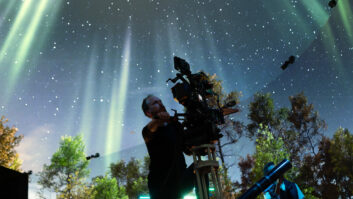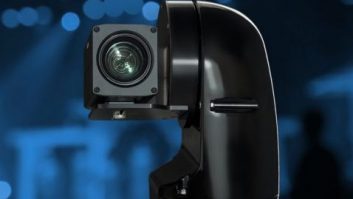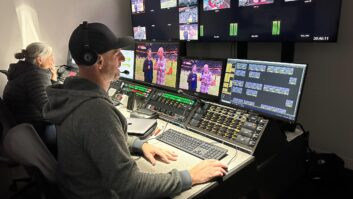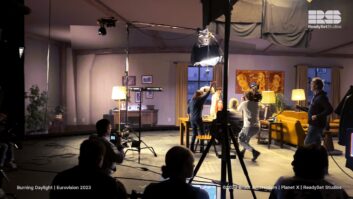
What industry trends have particularly stood out for you in 2023, and why?
Most notably for us, virtual production (VP) gained significant attention within media production training and education in 2023. Although finding concrete data to support the integration of VP in media education is challenging, we have compelling anecdotal evidence indicating that this year marked a turning point for schools, who are now beginning to seriously consider VP as a core component of their curriculum. We have seen this echoed within the ongoing growth and general interest in our own Pixotope Education Program, which aims to equip educational institutions and students with the necessary technology, knowledge and network needed for a successful career in this industry.
What impact are you seeing those trends having on the media and entertainment industry?
The result of this is greater adoption of virtual production within a variety of productions. Streaming and virtual attendance of live events, those of which leverage augmented reality (AR) and mixed reality (MR) for entertainment or ads within the programming, have seen strong growth. As more people are equipped with the right tools and expertise, we expect this to continue. The rise of VP in education is shaping a new generation of professionals who are familiar with the latest technologies and techniques, leading to a more agile and efficient workforce that can respond to ever-changing market demands. Lack of available talent is one of the most common barriers to entry in this industry and by driving this down, it is enabling the next generation of talent, smaller companies, freelance professionals, and independent content creators to produce content at a lower cost and with greater creative freedom.
How do you see those trends developing further in 2024?
This year, we were anticipating the introduction and further development of camera tracking solutions that would also make it easier for virtual production to be adopted by more people. So far, camera tracking remains another one of the biggest obstacles preventing widespread usage of virtual production. Despite no major breakthroughs occurring this year, there have been gradual enhancements in workflows and pricing, resulting in quicker set-up times and improved ease of operation, ultimately making VP more accessible. In particular, our innovative Pixotope Fly offering, launched last year, enables customers to incorporate tracking into drones and cable cams solely based on the video feed without additional hardware. With this solution customers have been able to more easily incorporate AR graphics indoors, outdoors, or in studio environments with precision and flexibility to create some truly unique content.
Do you expect to see any new trends within the industry in 2024, and what will they be?
We expect to see a greater adoption of broadcast graphics, with shifts driven by new releases and new entrants into the market. The demand for broadcast graphics has been steadily rising as the media landscape becomes increasingly competitive and immersive. Viewers now expect high-quality and visually appealing graphics that enhance their viewing experience. This demand has led broadcasters to recognize the need for infrastructure upgrades that can accommodate advanced graphics capabilities. Broadcasters are reporting that they are ready to change infrastructure and are only waiting on adequate solutions.







